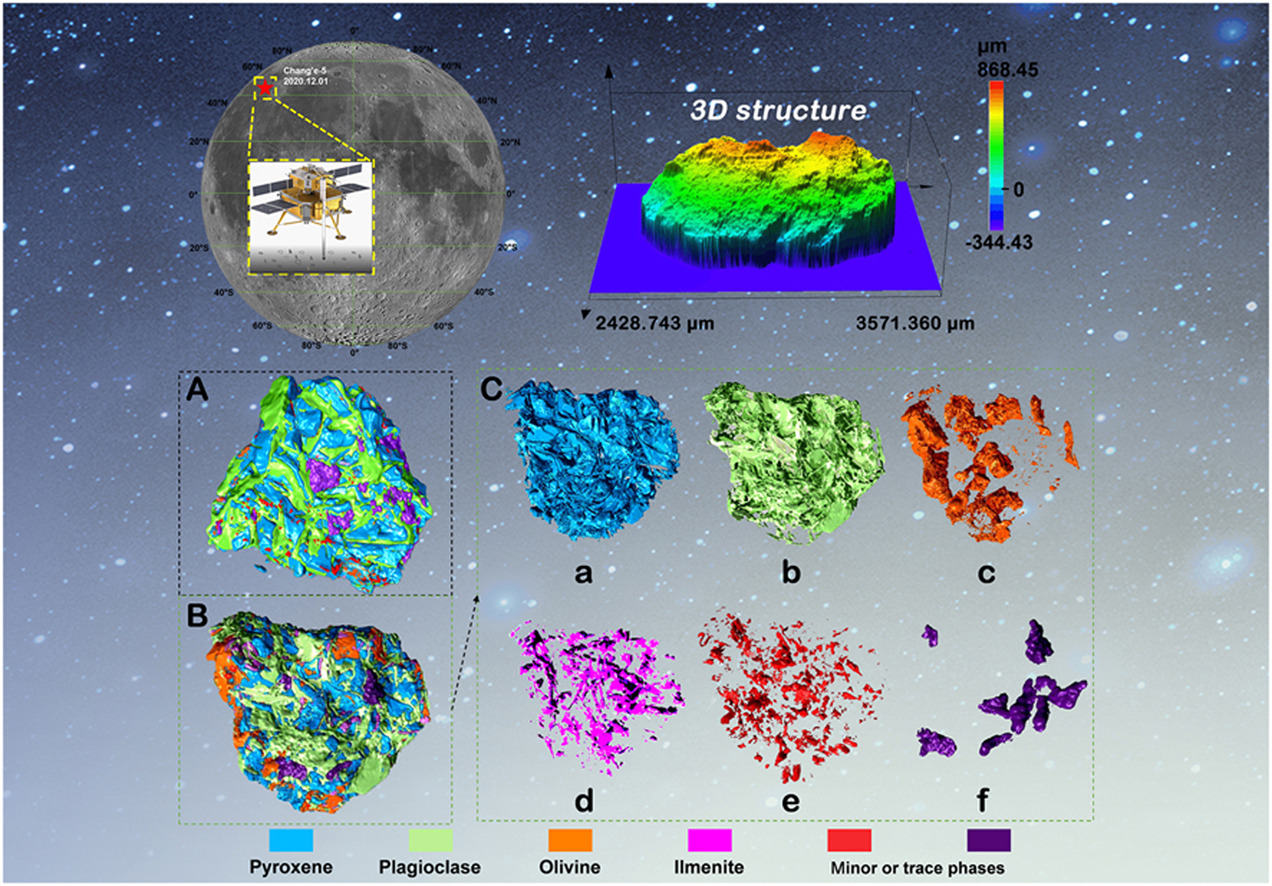- Volumes 96-107 (2025)
-
Volumes 84-95 (2024)
-
Volume 95
Pages 1-392 (December 2024)
-
Volume 94
Pages 1-400 (November 2024)
-
Volume 93
Pages 1-376 (October 2024)
-
Volume 92
Pages 1-316 (September 2024)
-
Volume 91
Pages 1-378 (August 2024)
-
Volume 90
Pages 1-580 (July 2024)
-
Volume 89
Pages 1-278 (June 2024)
-
Volume 88
Pages 1-350 (May 2024)
-
Volume 87
Pages 1-338 (April 2024)
-
Volume 86
Pages 1-312 (March 2024)
-
Volume 85
Pages 1-334 (February 2024)
-
Volume 84
Pages 1-308 (January 2024)
-
Volume 95
-
Volumes 72-83 (2023)
-
Volume 83
Pages 1-258 (December 2023)
-
Volume 82
Pages 1-204 (November 2023)
-
Volume 81
Pages 1-188 (October 2023)
-
Volume 80
Pages 1-202 (September 2023)
-
Volume 79
Pages 1-172 (August 2023)
-
Volume 78
Pages 1-146 (July 2023)
-
Volume 77
Pages 1-152 (June 2023)
-
Volume 76
Pages 1-176 (May 2023)
-
Volume 75
Pages 1-228 (April 2023)
-
Volume 74
Pages 1-200 (March 2023)
-
Volume 73
Pages 1-138 (February 2023)
-
Volume 72
Pages 1-144 (January 2023)
-
Volume 83
-
Volumes 60-71 (2022)
-
Volume 71
Pages 1-108 (December 2022)
-
Volume 70
Pages 1-106 (November 2022)
-
Volume 69
Pages 1-122 (October 2022)
-
Volume 68
Pages 1-124 (September 2022)
-
Volume 67
Pages 1-102 (August 2022)
-
Volume 66
Pages 1-112 (July 2022)
-
Volume 65
Pages 1-138 (June 2022)
-
Volume 64
Pages 1-186 (May 2022)
-
Volume 63
Pages 1-124 (April 2022)
-
Volume 62
Pages 1-104 (March 2022)
-
Volume 61
Pages 1-120 (February 2022)
-
Volume 60
Pages 1-124 (January 2022)
-
Volume 71
- Volumes 54-59 (2021)
- Volumes 48-53 (2020)
- Volumes 42-47 (2019)
- Volumes 36-41 (2018)
- Volumes 30-35 (2017)
- Volumes 24-29 (2016)
- Volumes 18-23 (2015)
- Volumes 12-17 (2014)
- Volume 11 (2013)
- Volume 10 (2012)
- Volume 9 (2011)
- Volume 8 (2010)
- Volume 7 (2009)
- Volume 6 (2008)
- Volume 5 (2007)
- Volume 4 (2006)
- Volume 3 (2005)
- Volume 2 (2004)
- Volume 1 (2003)
• Chemical composition of minerals within a 1 m depth range was confirmed in the Chang'e-5 lunar soil sample.
• Crystals with rock textures, spherical droplets, bubbles, and microcracks were found in the Chang'e-5 lunar soil sample.
• Delicate 3D rendering of sample modal distribution was given for the Chang'e-5 lunar soil sample.
This paper analyzes the morphological characteristics and mineralogy of drilled basaltic clast sample CE5Z0806YJYX004, compares the variations in Chang'e-5 samples at different depths, and conducts a comparative analysis with surface-collected samples from Chang'e-5 and Apollo missions. Interestingly, Advanced electron microscopy identified bubbles and microcracks on the surface of some constituting mineral particles, and also displays crystalline particles with distinct rock textures and spherical droplets, revealing surface phenomena formed by space weathering. Based on Raman spectroscopy analysis, the main mineral phases were identified as 49.6 vol% pyroxene, 31.4 vol% plagioclase and 8.8 vol% olivine. Apatite, ilmenite and cristobalite are also found. The results indicate that the Chang'e-5 lunar soil exhibits similar mineral compositions at different depths. In short, a comparison was made between our drilling sample and the Chang'e-5 soil samples as well as samples from the Apollo mission series, demonstrating the physical similarities and some variations.

